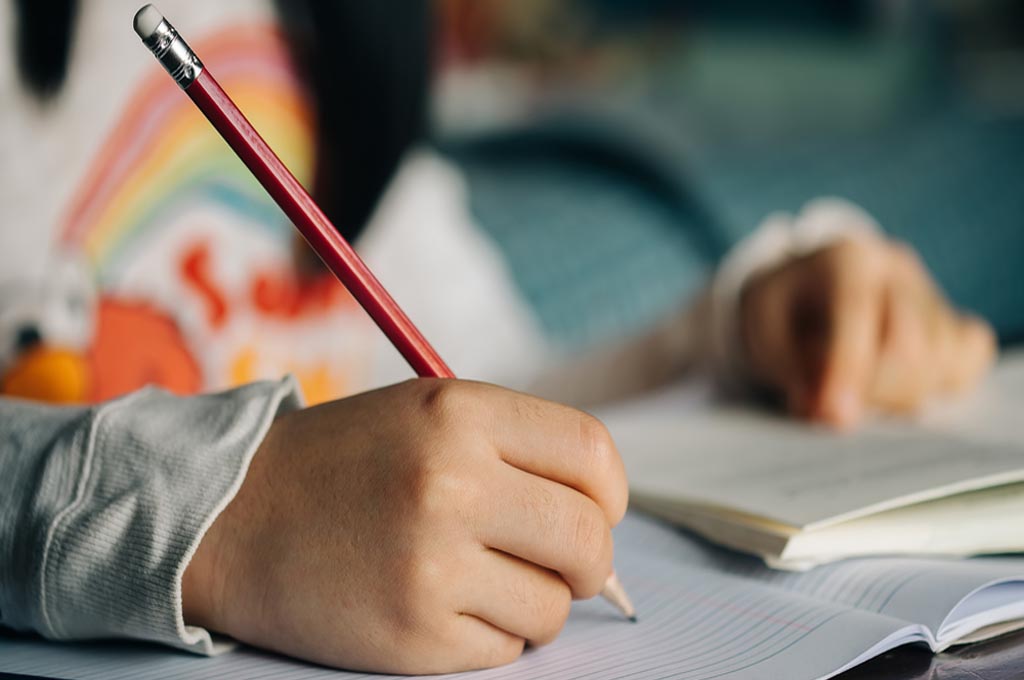Developing fine motor skills is a critical developmental milestone for children, especially when it comes to writing. There are a number of activities that will help children to build up muscle strength and improve hand-eye coordination. Clovel, our educator’s support all our preschoolers in learning how to write. We include a variety of fine motor skill activities throughout the program.
Since this is an ongoing process, it is also necessary for parents to continue encouraging their children to practice different types of fine motor skills. This can be fun and can fit in around your daily routine like during car journeys and bath time or while you are busy prepping dinner in the kitchen.
Fine motor skills are the basis for many activities that children learn over time. They need to develop fine motor skills to assist with dressing (buttons, zippers, tying shoe laces), in-hand manipulation skills, eating with utensils and cutting. It also affects other classroom skills and activities. Let’s find out more below the connection between fine motor skills and writing.
What Are Handwriting Skills?
When it comes to handwriting, there are a set of complex skills that allow children to form letters, grip the pencil and maintain the right body posture. These skills include muscle memory, body control, posture, eye-hand coordination and vision as well as letter formation and pencil grasping. These are the various complex skills involved in handwriting:
- Recognising the letters of the alphabet
- Visual motor skills
- Visual perceptual skills
- Controlling the paper and within the lines
- Letter formation
- Following a sequence
- Understanding progression-left to right
- Understanding progression- top to bottom
- Tracking the hand, paper and pencil
- Bilateral coordination skills
- Crossing midline skills
- Fine motor skills such as in-hand manipulation
What are fine motor skills?
Fine motor skills are related to dexterity. They involve the coordination of the movements of the eyes, fingers, hands and small muscles. The development of fine motor skills begins with hand-eye coordination and the palmar grasp.
To master handwriting, children also need visual motor skills and gross motor skills integrated with fine motor skills. Since writing is a crucial skill required for written expression, communication and future reading, we need to ensure that building blocks for children’s handwriting are stable and solid.
While it is crucial to have a very firm base of fine motor skills to complete various handwriting tasks, these are not identical. Many handwriting difficulties stem from fine motor skills. However, there are other areas that educators need to consider when they are addressing any handwriting difficulties in children.
One of the most common problems that educators and parents notice is the incorrect grasp of pencils. Whilst some children do hold their pencils differently, the common belief is that poor pencil grasp results in illegible handwriting, causing issues later on in their school life.
Identifying Motor Skill Issues Early
While you do need a solid base of fine motor skills to perfect a child’s handwriting tasks, they are not the same. While handwriting difficulties often stem from lack of fine motor skills, there are also many other areas that therapists or teachers need to consider when addressing handwriting difficulties.
A direct connection to handwriting difficulties is manipulating what your hand can actually do. This is the skill that comes from picking up objects and moving them from one place to the other. There are certain studies which indicate that these skills have a significant effect on the way children form letters which in turn impacts writing tests.
Children that have delays in picking up handwriting skills tend to drop more items frequently and need more time to learn how to write. They can complete writing tasks only when they get some stable external help. Visual-motor concerns and sensory concerns are the other aspects that have an impact on good pencil craft.
Proprioception is the overall sense of knowing where you are in a particular space. This sense also allows you to understand how much pressure you have to place on the pencil or pen while you are writing. Children that require higher amounts of proprioceptive input might not be able to determine how much pressure they need to place through the pencil they are holding.
What teachers can do to help
Teachers play an important part in keeping children motivated to practise skills that they might find challenging. Visual-motor concerns related to handwriting are very different. These include not being able to determine how to start on a page. In addition to fine motor activities, it is also necessary to make sure that your child has these skills in place. Here at Clovel, our teachers make sure that your children develop their fine motor senses.
Between the ages of two and four, children are still at a stage where they are trying to figure out what their dominant hand is. This sense does not develop fully until they are six years of age. Some children are also not ready for handwriting until the time they are six or seven years old. This can impact pencil grasp in some children. Teachers can assist by keeping an eye on this particular development and focus on addressing the child’s writing development.
Educators and parents need to be mindful of whether their child can develop motor skills at the required pace. However, we also need to keep in mind that every child’s developmental pattern and speed is different, and they also need a different approach to learning various things, including motor skills as well.
As mentioned earlier, fine motor skills have an impact not just on handwriting but on various home and classroom activities. These include playing, feeding, toileting, dressing or any other similar activities where children would use their hands- which typically means almost everything.
So, in addition to helping your children with handwriting, you would also need to make sure that they can handle these self-help activities correctly. If a child’s motor skills have not been completely developed before they learn to write, they will find these tasks much more difficult, which increases the chances of them resisting to avoid writing.
If you want to build a solid base for future learning in your child, you need to focus on the development of various fine motor skills well before introducing complex writing skills such as letter formation and letter recognition.
Various Opportunities to Develop Fine Motor Skills
There are many different ways in which your child can pick up essential skills through daily routine and play. Various everyday experiences can help in the development of fine motor skills such as removing lids from small and big containers, helping with meal prep & cooking, pulling up zips and buttoning up their clothes, turning taps on & off etc.
You must encourage children to serve food with spoon tongs and pour water and beverages under supervision. When you incorporate practising fine motor skills into dedicated and everyday activities throughout the day, it helps support developing these skills, while building muscle memory.
Some of the planned activities that help in developing fine motor skills in children include drawing, playing with tweezers, squeezing and rolling play dough, finger painting and more. You can also encourage your children to use a sprayer to spray water on plants in your home. Give them safe tongs or tweezers and make them pick up candy or marshmallow and place them neatly in ice trays.
Do simple activities like giving children fruit loops or macaroni and make them string these items on yarn. Incorporate these and other similar activities into your child’s routine when they are at home. When it comes to ideas to help children hone their motor skills, the sky’s the limit. There are many activities that preschool educators introduce in the classroom that help children develop fine motor skills.
Taking One Step at a Time
It isn’t uncommon for many parents to try to speed up the process of learning how to write it, and they start instructing the children with writing and books. Children will learn at a controlled pace. If you try and do it all at once, it will only confuse them which is why it is important to introduce them to processes in the right order and at the right time.
As mentioned, each child will learn at a specific pace, and it is not something that you can hurry. You need to judge which pace is comfortable for your child and then support them and help them with fine motor skills development.
Clovel has adapted to the new normal and has implemented various safety measures to keep children safe while providing the all-round education they need. It’s our way of ensuring that the children get the learning and interaction they need to stay occupied, happy and busy during these challenging times.
For any more information, call Clovel Childcare and Early Learning Centre, don’t hesitate to get in touch with us. For any information about our Educational Programs, give us a call at 02 9199 0294 or fill in this contact us form.
Thanks for reading,
Clovel Childcare
1300 863 986












